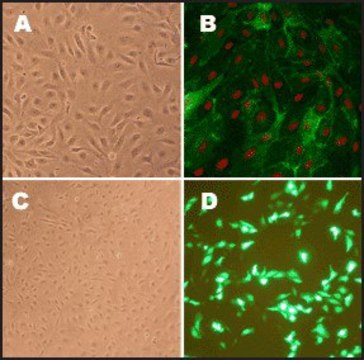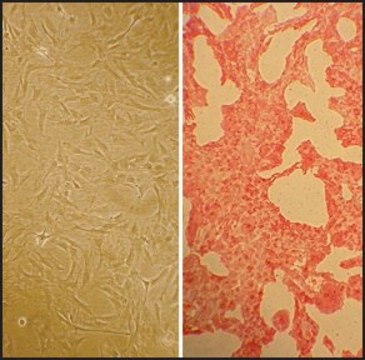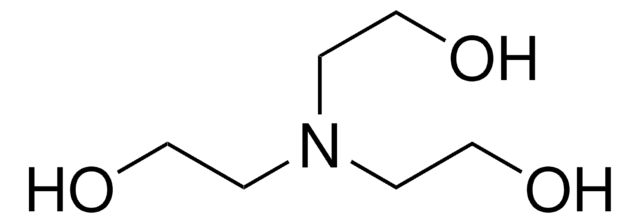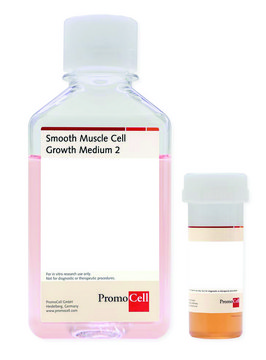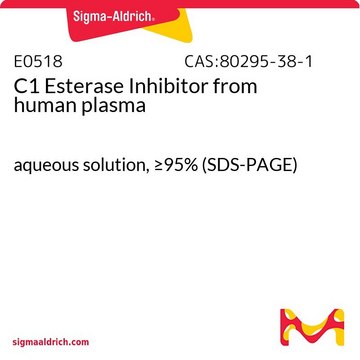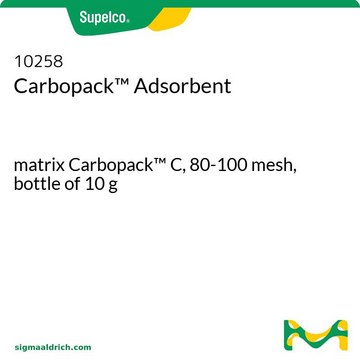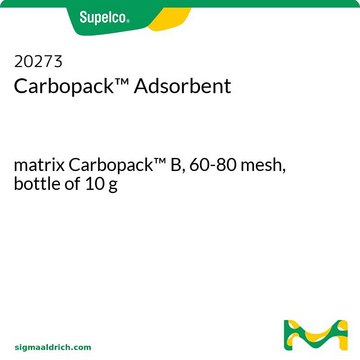352-05A
Human Pulmonary Artery Smooth Muscle Cells: HPASMC, adult
Select a Size
CN¥5,263.17
Select a Size
About This Item
CN¥5,263.17
Recommended Products
biological source
human intrathoratic artery (normal)
Quality Level
packaging
pkg of 500,000 cells
manufacturer/tradename
Cell Applications, Inc
growth mode
Adherent
karyotype
2n = 46
morphology
smooth muscle
technique(s)
cell culture | mammalian: suitable
relevant disease(s)
cardiovascular diseases
shipped in
dry ice
1 of 4
This Item | 10257 | 10258 | 20273 |
|---|---|---|---|
| surface area ~24 m2/g | surface area ~10 m2/g | surface area ~10 m2/g | surface area ~100 m2/g |
| pore size ~0 cm3/g macroporosity, ~0 cm3/g microporosity, ~0 cm3/g mesoporosity, ~0 Å pore diameter | pore size ~0 cm3/g macroporosity, ~0 cm3/g mesoporosity, ~0 cm3/g microporosity, ~0 Å pore diameter | pore size ~0 cm3/g macroporosity, ~0 cm3/g mesoporosity, ~0 cm3/g microporosity, ~0 Å pore diameter | pore size ~0 cm3/g macroporosity, ~0 cm3/g mesoporosity, ~0 cm3/g microporosity, ~0 Å pore diameter |
| form granular | form granular | form granular | form granular |
| matrix Carbopack™ Y | matrix Carbopack™ C | matrix Carbopack™ C | matrix Carbopack™ B |
| packaging bottle of 10 g | packaging bottle of 10 g | packaging bottle of 10 g | packaging bottle of 10 g |
General description
HPASMC has been used to show that IL-22 promotes the growth of pulmonary vascular SMCs via a signaling mechanism that involves NADPH oxidase-dependent oxidation (Bansal, 2013). Inducers of pulmonary hypertension, characterized by thickened pulmonary arterial walls, activate expression of anti-apoptotic Bcl-xL gene via binding of GATA-4 to its promoter; the activation can be suppressed by targeting gata4 gene transcription (Suzuki, 2007). Serotonin induces growth of Pulmonary Artery Smooth Muscle Cells and is able to transactivate the BMP receptor in pulmonary artery SMCs, leading to activation of Smads 1/5/8 via Rho and Rho kinase pathway (Liu, 2009). Pulmonary Artery Smooth Muscle Cells growth can be suppressed by trans-retinoic acid by inducing expression of GADD45A, a known cell growth suppressor, downstream of the retinoid acid receptors RARalpha, RARbeta, RARgamma, RXRalpha, and RXRbeta, indicating possible involvement of retinoic acid in pulmonary vascular remodeling (Preston, 2005). Treatment of Pulmonary Artery Smooth Muscle Cells with plasma containing reduced levels of all-trans RA and 13-cis RA promoted cell growth (Day, 2009). Retinoic acid was also shown to inhibit migration of pulmonary smooth muscle cells by inhibiting PI3K/Akt-dependent reorganization of actin cytoskeleton (Day, 2006). Pulmonary Artery Smooth Muscle Cells were also used to study effects of iron chelation on vascular remodeling and its implications for development of pulmonary hypertension as a result of ROS activity (Wong, 2012). Finally, these cells were used to show that antitumor drugs can selectively target remodeled pulmonary vessels, but not normal vessels (Ibragim, 2014).
Characterization: positive for smooth muscle cell specific alpha-actin expression.
Cell Line Origin
Application
Components
Preparation Note
- 2nd passage, >500,000 cells in Basal Medium containing 10% FBS & 10% DMSO
- Can be cultured at least 16 doublings
Subculture Routine
Disclaimer
Storage Class Code
11 - Combustible Solids
WGK
WGK 3
Flash Point(F)
Not applicable
Flash Point(C)
Not applicable
Regulatory Information
Choose from one of the most recent versions:
Certificates of Analysis (COA)
It looks like we've run into a problem, but you can still download Certificates of Analysis from our Documents section.
If you need assistance, please contact Customer Support.
Already Own This Product?
Find documentation for the products that you have recently purchased in the Document Library.
Protocols
Technical information for working with human pulmonary artery smooth muscle cells including thawing, subculturing and cryopreservation
Our team of scientists has experience in all areas of research including Life Science, Material Science, Chemical Synthesis, Chromatography, Analytical and many others.
Contact Technical Service